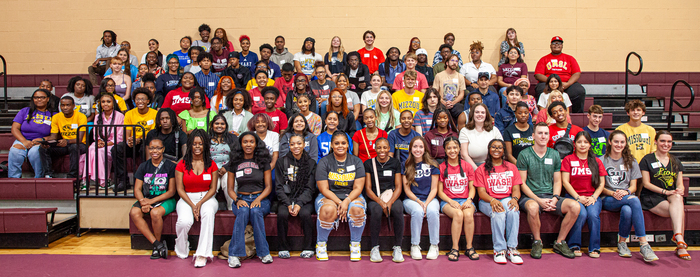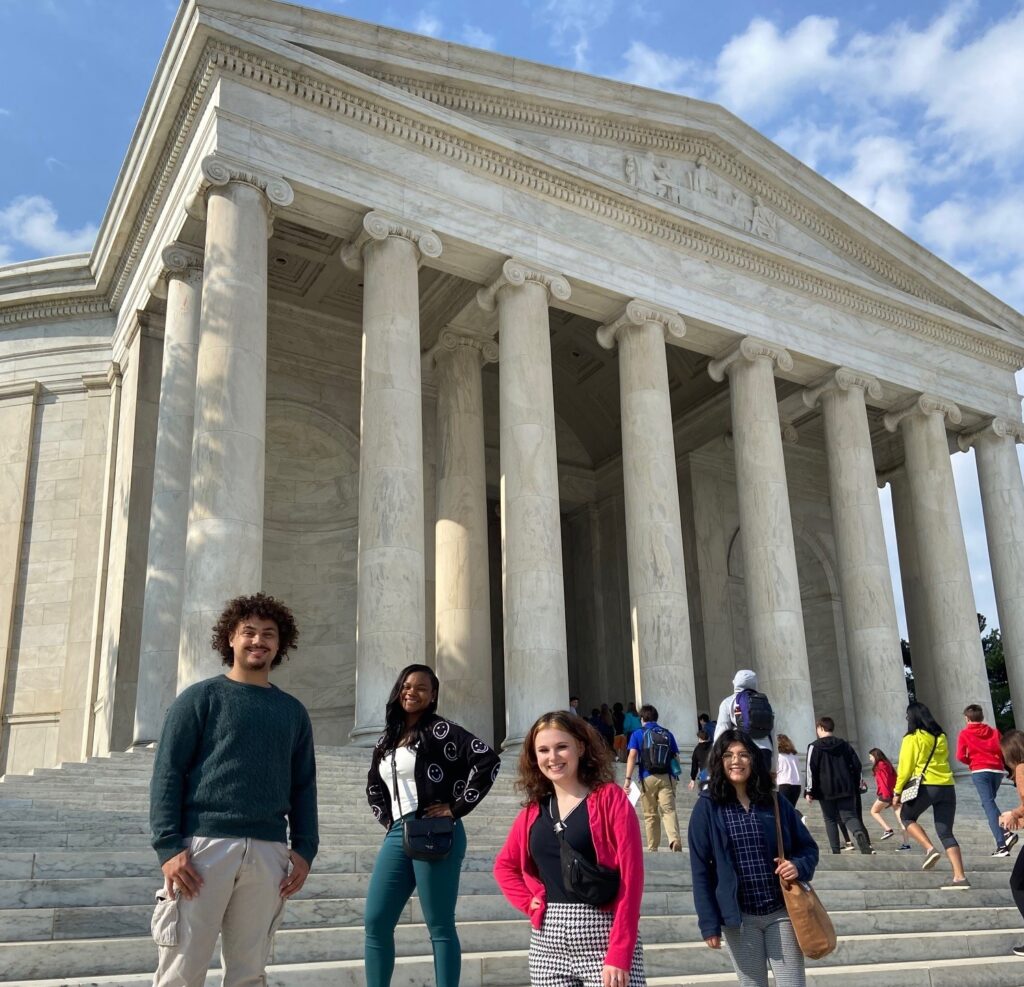Student Loans: What to Know
The cost of college continues to rise due to budget cuts at the state and institutional levels, as well as federal grant programs failing to keep pace with rising costs. As a result, there are fewer grants available so students and families borrow more, or students find themselves with a bill that cannot be paid. The risks of borrowing too much or owing a debt to the college, known as a back balance, are real.
Student loans are not all created alike. Read more about student loan options.
Consider these factors when deciding the amount and type of loans to borrow for college:
- The cost of your school and the total amount of grants and scholarships offered.
- How much in loans has been offered to you and, if applicable, your parent(s). Multiply the annual total borrowed by the number of years you expect to be in school.
- Costs associated with your education that are not covered by financial aid. This is known as unmet need and may cause you to seek out other loans or cause a back balance (an outstanding bill with a higher education institution which can prevent reenrollment).
Many private banks and even some colleges will offer student loans, and some of those loans come with significant fees and interest. If the debt you and/or your family are borrowing will leave you in a worse financial situation than if you did not earn a degree, you might consider other options.
Take the following steps to protect yourself:
- AVOID the Direct (Parent) PLUS LOAN. This loan can have disastrous consequences, especially for low-income families. Its high interest rate (fixed at over 9% for the 2024-25 school year) starts accruing with the first disbursement. PLUS loans include a loan origination fee of 4.288% of the total and have less-friendly repayment terms that make it dangerous. Find more here.
- BE CAUTIOUS with the Direct Unsubsidized (Stafford) Loan. This loan accrues interest while you are in school.
- DO NOT BORROW private bank loans to pay for college. With high and variable interest rates, cosigners required, and few (if any) deferment or forbearance options, these loans saddle students and families with unmanageable debt.
Make sure you:
- READ your financial aid offer letter carefully. Not all aid listed may be guaranteed. For example, your family may be offered the Direct (Parent) PLUS, which depends on credit approval. You might go to school and find out your parent(s) have been denied this loan. That would leave you with a balance that you cannot pay, which could prevent you from registering for classes the next semester or getting a transcript to transfer schools. This balance owed becomes a debt called a back balance and leaves you with limited ability to move forward with your education. Federal Work-Study is also not guaranteed, as jobs must be secured before any funds are received by a student.
- For students who need to borrow who are ineligible for a Scholarship Foundation loan, borrow the Direct Subsidized (Stafford) Loan offered by the federal government. This loan does not accrue interest while you are enrolled at least part-time, and it has a 6-month grace period after you graduate.
Ask questions and make an informed decision about student loans! Student Advisors can help; contact us here.




